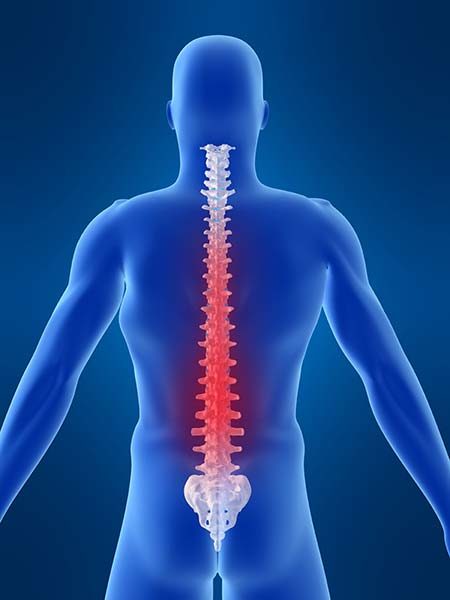Osteopathy
Osteopathy is a form of manual medicine, which recognises the important link between the structure of the body and the way it functions. The theory behind Osteopathy is that the body can heal itself through the proper alignment of the bones, joints blood vessels and nerves. Osteopaths focus on how the skeleton, joints, muscles, nerves, circulation, connective tissue and internal organs function as a holistic unit.
Andrew Taylor Still MD (1826-1917), the founder of osteopathy, was swimming against the scientific tide when, in the nineteenth century, he pronounced the holistic view that “the body is a unit”. By this, he meant that each tiny part of the body and, in turn, each of its systems, is intimately connected to every other part and every other system. When the function of any part of the body is less than 100 per cent, the rest of the body is affected in some way or another.
Osteopathy works by finding out in what way the structure is damaged, and adjusting or modifying it so that the damage is repaired or minimized. It places special emphasis upon the importance of body mechanics, and uses manipulative techniques to detect and correct faulty structure and function.
While those two main principles (holism and that structure governs function) are the foundation of osteopathic philosophy, osteopaths recognize that the self-healing, self-regulating ability of the body is dependent upon a number of factors, including favourable environmental conditions, adequate nutrition and normal structural integrity.
Osteopathy encourages you to take responsibility for your own long-term health and wellbeing, and can help you find out which lifestyle and environmental factors may be contributing to your condition.
An osteopath focuses on your whole body, including the soft tissues (such as muscles, ligaments and tendons), the spine and nervous system, and may use a variety of different hands-on methods, including:
Osteopathy can manage a range of conditions including:

